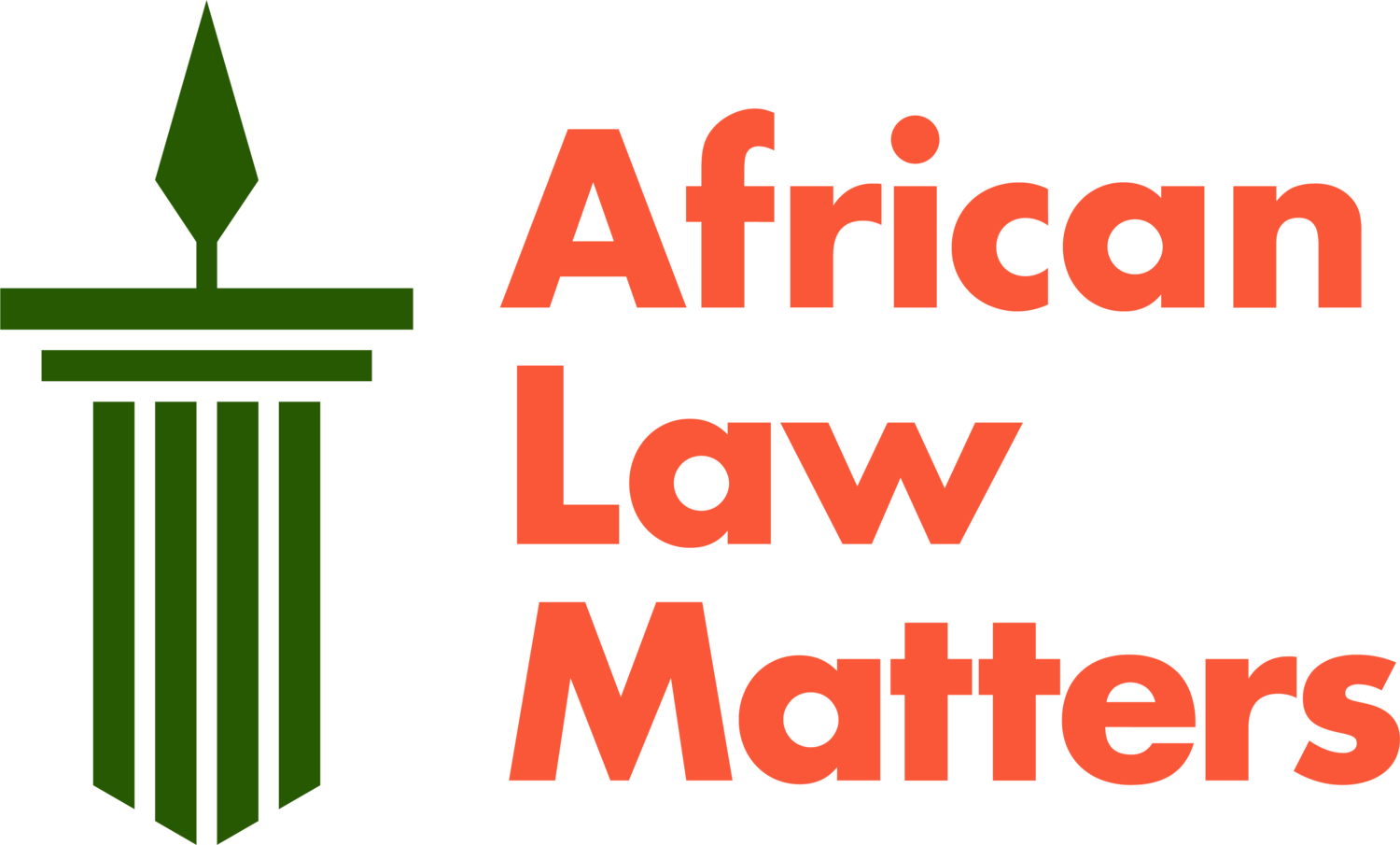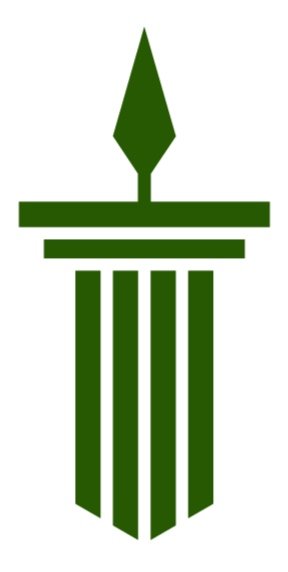Gender Inequality: The Vulnerabilities of Women under the Asylum System
"Discussing serious challenges faced by refugee women” by Lynne Featherstone, Creative Commons.
Editors’ note: This post constitutes a part of a blog series on the Protection of Refugees’ and Migrants’ Rights in Africa. According to a report by the United Nations High Commissioner for Refugees, Africa is home to over 30 million internally displaced persons, refugees, and asylum seekers. This translates to the African continent being home to nearly one-third of the world’s refugee population. Over the past three years, these figures have increased, triggered by the Covid-19 pandemic, climate change, new conflicts, and ongoing human rights violations. Against this background, this series features contributions from legal experts and practitioners reflecting on the legal framework providing for the promotion and protection of the rights of migrants and refugees, and the unique problems that minorities confront in this system due to factors such as race and gender discrimination.
The battle for the attainment of gender equality in South Africa has been long standing. In 1954, the Federation of South African Women adopted the Women’s Charter, declaring their goal of eliminating laws and customs that discriminated against them on the basis of gender.
This goal was aligned with the spirit and object of the 1993 Interim Constitution under the 1994 Women’s Charter for Effective Equality. The Charter’s preamble places emphasis on equal treatment between men and women, equal recognition and respect for women for the work they do.
Constitutionally speaking, the values of equality, human dignity, and freedom along with concepts of non-racism and non-sexism are entrenched in section 1 of South Africa’s 1996 Constitution. Owing to constitutional supremacy, laws and policies must be informed by the principle of equality set forth under section 9 of the Constitution, which guarantees the equal protection and benefit of the law.
In Bato Star Fishing v Minister of Environmental Affairs & Tourism, the Constitutional Court emphasised that equality is key to the transformation of South Africa “from a grossly unequal society to one in which there is equality between men and women and people of all races”. This value however appears to be lacking in various respects under the refugee protection system.
The 1998 Refugees Act (the Act) falls short of these constitutional commitments as it entrenches the unequal treatment of women, which adversely affects their equality in refugee protection. Shortcomings in refugee protection lead to the treatment of refugee women as minors and smother their autonomous voice in the asylum application process.
Section 3(c) of the Act initially stated that an individual would qualify for refugee status if that individual is a dependant of a recognised refugee. Under the Act, the term “dependant” was defined to mean “the spouse, any unmarried dependent child, or any destitute, aged or infirm member of the family of [an] asylum-seeker or refugee”. In 2008, this definition was revised and the term “spouse” was removed from the definition.
As a result, section 3(c) was also revised to state that a spouse qualifies to be a refugee if his or her partner is recognised as a refugee. Differentiating between a spouse and a dependant does not take away from the fact that women are still treated as subjects of their male counterparts. In law and practice, women are often considered as dependants of their husbands for legal recognition. Women who arrive in South Africa to seek asylum, along with their husbands or other male relatives, do not sit for an interview. Only the husband or male relative is interviewed to assess whether his fear of persecution in his country of origin is well-founded. The outcome of his assessment therefore applies to the spouse and children.
To this end, it can be seen that refugee women’s status as “refugees” derives from their male counterparts’ well-founded fear of persecution in their home country. This has a negative effect on their exercise of refugee rights as men are usually prioritised in the refugee protection system. If the asylum application is successful, difficulties arise when, for example, the husband dies, divorces them or abandons the common household.
“It is clear that the refugee protection process generally focuses on and prioritises men and is thus patriarchal in design.”
When this happens, the Department of Home Affairs (the Department) usually refuses to recognise the legal status of married refugee women and objects to extending their section 24 permits, granted in terms of section 3(c), or to make changes to their marital status as it appears on the permits. The Department’s unwillingness to attend to these issues makes it difficult for women to regularise their stay and to re-marry in the future should they wish to. Sitting with expired permits also renders women illegal foreigners in terms of the 2012 Immigration Act.
The refusal to renew the permits of married women is justified by the Department on the ground that they did not apply for asylum individually and their refugee status was granted to them through their husbands. It is further argued that these women never provided evidence to indicate that they also have a well-founded fear to be persecuted should they return to their country of origin.
In view of these arguments, it is clear that the refugee protection process generally focuses on and prioritises men and is thus patriarchal in design. To avoid this, both spouses should be interviewed to assess their fear and to have their respective narratives complementing each other.
It must be borne in mind that section 21B of the Refugees Act, however, allows married women to terminate dependency if they cease to be spouses as a result of divorce or the death of their husbands. In practice, many women in abusive relationships are afraid of applying for termination of dependency. They fear that their applications may be rejected on the ground that they were only recognised as refugees due to their status as dependants. In other words, they were not granted asylum because they demonstrated a well-founded fear of being persecuted; rather their recognition as refugees was dependent on recognition of their husbands as genuine refugees.
Independence is possible if they can justify their asylum status by proving that they have also a well-founded fear of persecution (or that their lives will be at grave risk) if they return home. This condition for the termination of dependency renders women vulnerable to abuse. It also marginalises and victimises women whose refugee statuses are withdrawn on the ground that their husbands died or divorced them.
The termination of dependency is also a challenge for women who are unable to divorce their husbands. Most refugee women, who concluded marriages in their home countries, do not have marriage certificates to prove this. It comes as a surprise that the Department often acknowledges the existence of a marriage through interviews, but without solid evidence to this effect. It is only when the parties decide to initiate divorce proceedings that the Department or the courts insist on proof of an existence of a valid marriage before the parties can terminate their relationship. In such cases, women feel victimised as they are unable to apply for a divorce when their marriages have irretrievably broken down.
The patriarchal nature of the refugee protection system results in equal treatment of women based on gender thereby sustaining their misery and suffering. The reform of the refugee protection system is radically required to bring it in line with the spirit, purport and objects of the constitutional values and rights to equality, human dignity and freedom.


